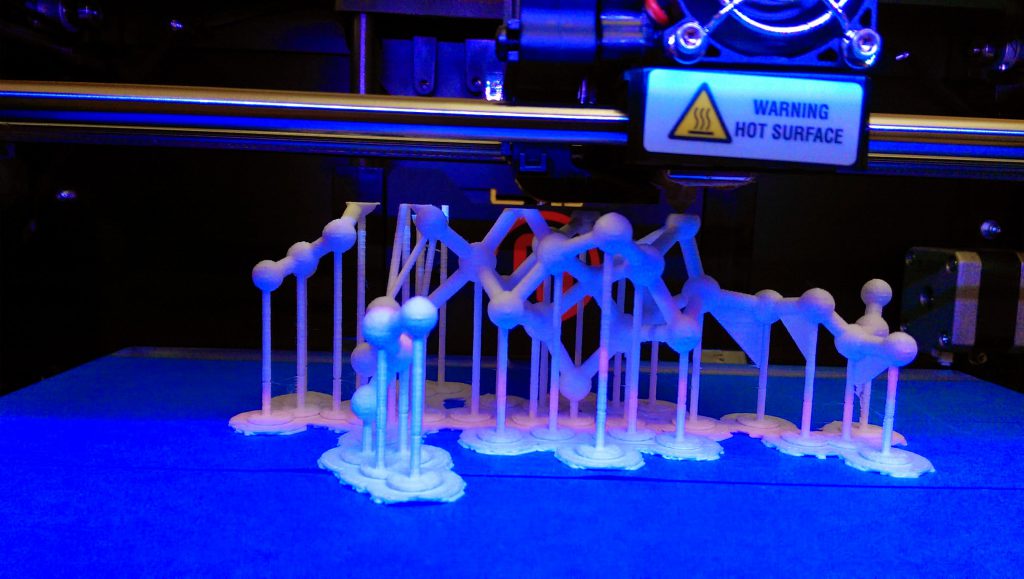Thermosetting photopolymers represent almost 50% of the worldwide 3D printing market. Once the material has been used to create a certain product, however, the shape is permanent and cannot be remoulded or recycled. At least, that was the case before researchers from the Singapore University of Technology and Design (SUTD) took on this modern-day challenge.
A ‘simple’ two-step polymerisation strategy could be the answer to the already impressive waste build-up of 3D printing materials, according to SUTD assistant professor Kavin Kowsari. He urges that the ‘unprocessable nature’ of 3D printed products in combination with the ‘explosion’ of 3D printing has ‘serious’ environmental implications.
Self-healing polymers
A laboratory project conducted by the university group demonstrates that both broken and completely intact 3D printed objects can, in fact, be fixed or melted and made into other products via a process called thermal self-healing.
Kowsari explains that thermal treatments were conducted by placing UV cured samples in a universal heating oven at 180°C for four hours. The star of the first lab test was a 3D-printed rabbit. The sculpture was missing both its ears – but they were easily restored thanks to increased levels of malleability achieved by the process.
The repaired sample recovered around 100% of the stiffness, and 93% of material strength. This indicates that the healing progress ‘robustly bonds’ the separate parts and restores the material’s mechanical performance.
From end-product to fine powder
Depending on the shape and size of the material, the 3D printed objects were subjected to thermal treatment for half an hour or less, one hour, 2, hours, 3 hours and four hours.
The researchers found that recycling is now also an option; they successfully managed to grind samples into ‘fine powders’, which were pressed in between foil-coated metal plates.
‘We can exploit this process to combine 3D printing with traditional manufacturing methods, such as molding, pressing, and thermoforming, to increase manufacturing capabilities and decrease manufacturing time,’ the Singapore specialists point out.
Don't hesitate to contact us to share your input and ideas. Subscribe to the magazine or (free) newsletter.



